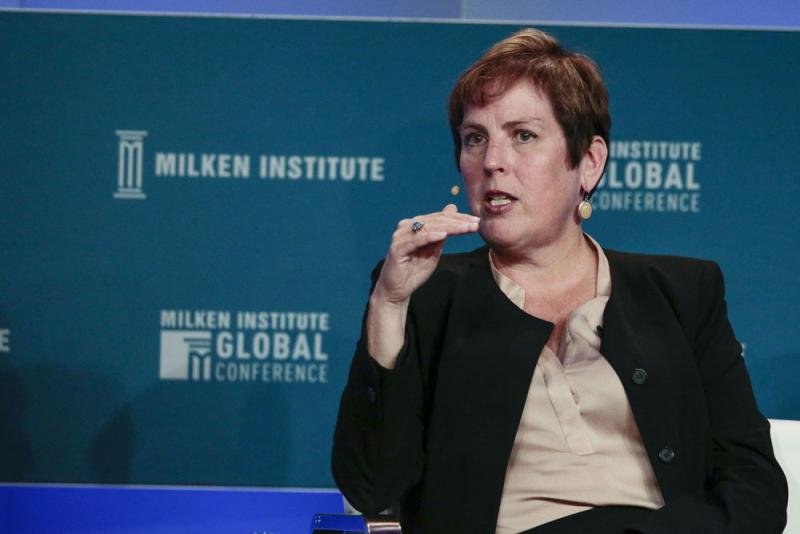The Alaska Permanent Fund Corp. is struggling to attract and keep alternative investing talent, according to documents from its quarterly board meeting.
The sovereign wealth fund – which has a leaner alternatives staff than comparable U.S. funds – called its lower-than-average investment resources a “critical risk” in the documents, which were published online Wednesday to coincide with Alaska Permanent’s board meetings on February 19th and 20th.
In private equity, for example, Alaska Permanent said it had the equivalent of just 3.5 full-time employees, who are responsible for $9.5 billion.
By comparison, the California State Teachers Retirement System has 29 full-time equivalents overseeing $27.1 billion in private equity investments, while the Teachers Retirement System of Texas has 20 full-time staff members dedicated to a $23 billion private equity portfolio. Both pension funds have laid out plans to add roughly 35 more private equity employees over the next few years.
According to the meeting documents, at least two members of the Alaska Permanent’s alternatives team have been approached with other employment offers that would pay them from two-and-a-half to three-and-a-half times more than their current salaries. The sovereign fund’s chief investment officer also earns notably less than CIOs at other U.S. funds: Marcus Frampton makes $357,000 per year, far below the $1 million Alaska Permanent said CalSTRS is paying its chief investment officer.
Recently, Alaska Permanent’s senior portfolio manager for private credit and absolute return, Jared Brimberry, departed for a role at the University of Texas endowment. While Alaska Permanent has made job offers to qualified candidates, those offers have been rejected, according to the meeting documents.
Outsiders are noticing the sovereign fund’s staffing issues. In the meeting documents, Alaska Permanent said it has been approached by potential strategic partners who have made unsolicited offers to outsource part of its alternatives business. These options have not been pursued or explored, according to the documents.
Instead, Alaska Permanent is weighing the possibility of a joint venture, which it said would cost less than outsourcing and allow the fund to deliver on its investment goals. However, such a move would “require careful consideration,” the fund said. Alaska Permanent said it would have to determine what strategies to include, the execution timetable, cost implications, and team transitions.
[II Deep Dive: Barings Teams Up With Alaska Permanent to Bet on Its Economy]
Despite its resource constraints, Alaska Permanent has been able to deliver long-term returns above its benchmarks in alternative asset classes including private credit, private equity, and special opportunities investments. However, one-year returns fell below target in each of these asset classes, and the fund’s absolute return portfolio has trailed expectations over the last five years.
The private equity and special opportunities portfolio, for example, returned 19.2 percent over the ten years ending September 30, beating a benchmark return of 13.5 percent. Over the last year, however, the portfolio’s 9 percent return fell just short of its 9.5 percent benchmark.
Meanwhile, Alaska Permanent’s private income portfolio returned 7.1 percent over the one-year period, underperforming its 12.8 percent benchmark. Ten-year returns were not reported in this category, but the portfolio returned 11.6 percent over the five-year period, beating its 7.3 percent target.
In the absolute return category, the sovereign fund delivered a one-year return of 5.9 percent, as compared to a benchmark return of 10.4 percent. It also trailed its benchmark over the five-year period, earning 3.4 percent as compared to 4.9 percent.
During the second quarter of its fiscal year, Alaska Permanent made a total of $488 million in new commitments for the absolute return portfolio, which included investments with Millennium Management and Dorsal Capital.







